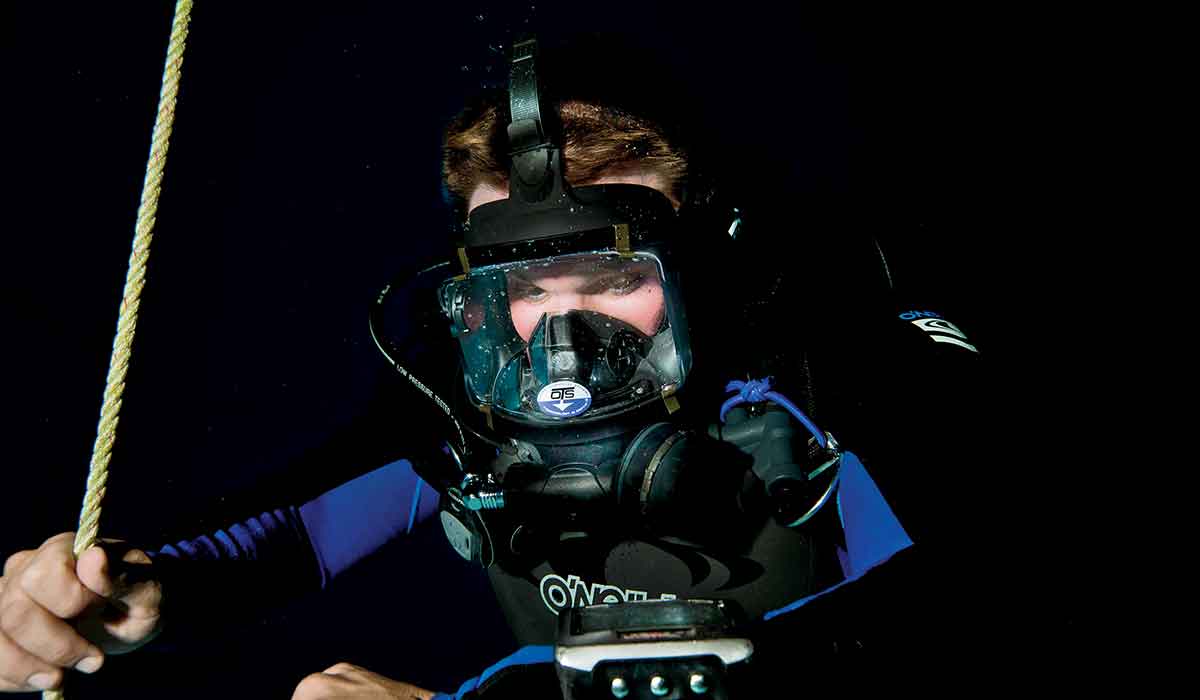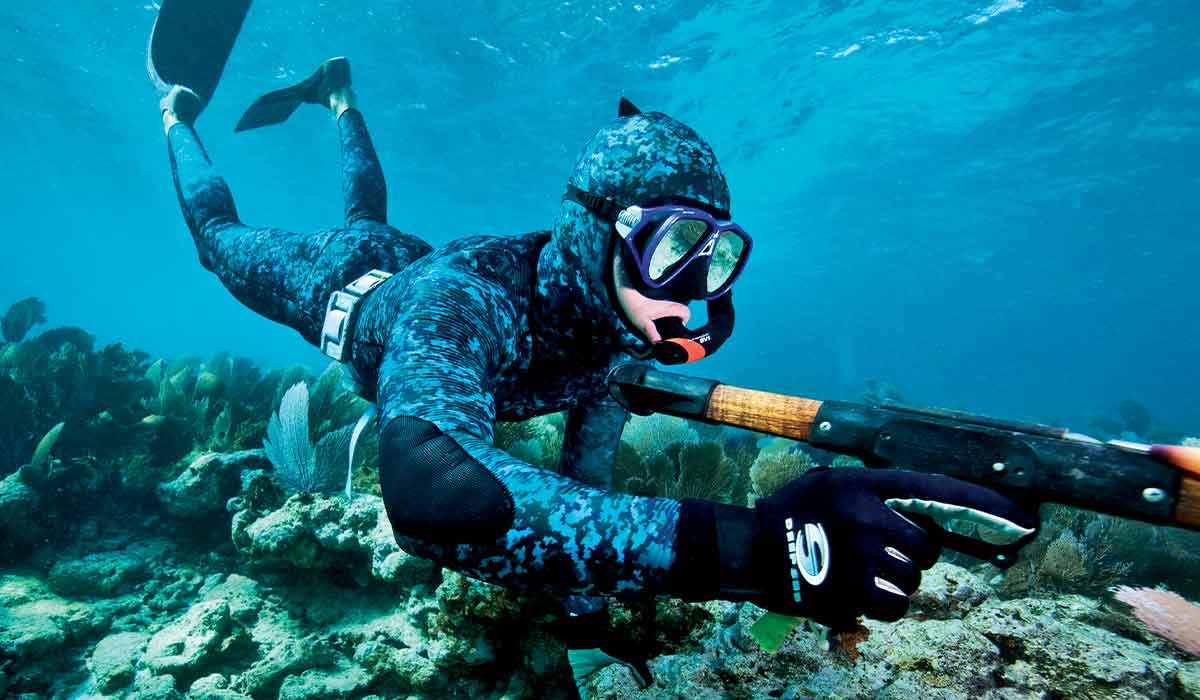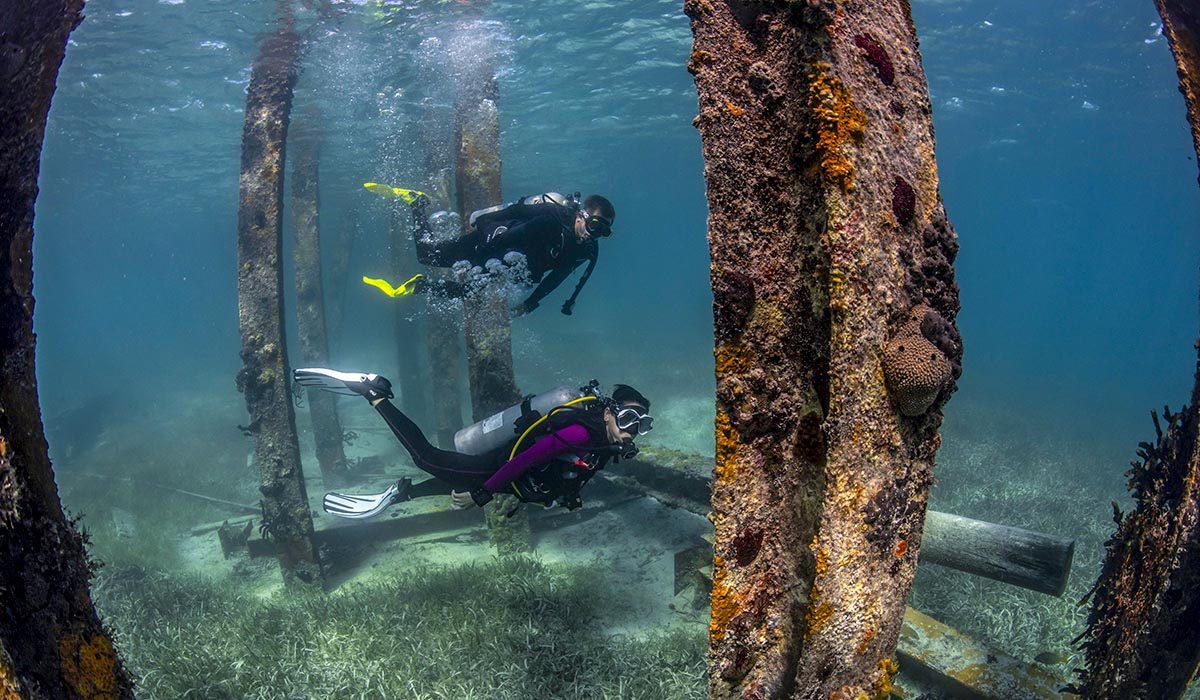In-water recompression (IWR) is being used to great success with fishing divers and pearl divers, but could apply to recreational divers, too, as a way to quickly treat decompression sickness. Learn more about this course of treatment.
Breath-hold diving after scuba diving may lead to decompression sickness in extreme breath-hold diving. Read more about this link with breath-hold diving.
Patent foramen ovale (PFO) is a relatively benign cardiac defect that creates a passage in a wall that normally separates the left and right upper chambers of the heart. But preferred treatment is up for debate.
What does the future of dive medicine cook like? Two experts answered our questions and made their best predictions about the future of dive medicine and research.
Dive professionals assume personal risks when they lead divers underwater, and they are trained to deny service to divers who might compromise their own safety or the safety of others. Denying service to a paying customer can be difficult.
A passionate cave diver and scientist, Dawn Kernagis, Ph.D., has been involved in numerous exploration projects since the 1990s, including as a crew member in the NASA Extreme Environment Mission Operations (NEEMO) 21 underwater habitat mission in 2016. A recipient of the 2018 Undersea and Hyperbaric Medical Society’s Young Scientist Award and other distinctions, she oversees the Human Health, Resilience and Performance research team at the Institute for Human and Machine Cognition. Read about her studies on human performance optimization and risk mitigation for operators in extreme environments.
A U.S. Navy SEAL, a respected researcher of decompression theory and an expert in hyperbaric and dive medicine, Richard D. “Dick” Vann had a career spanning more than 60 years. His work contributed to the implementation of safer pressure-exposure protocols in diving, mountaineering and space exploration. In 1990, as interest in recreational diving was increasing, Vann started working with DAN and founded the organization’s research department. As a director and later as vice president of research, he led studies of dive safety and injury prevention for more than 20 years.



